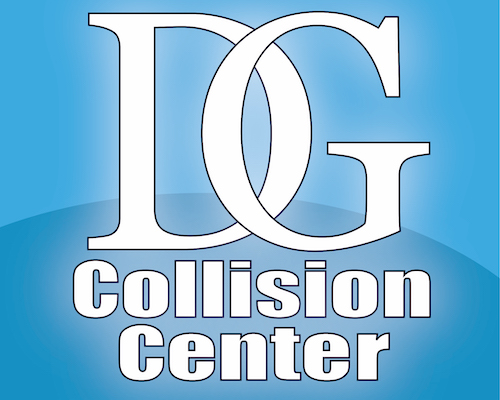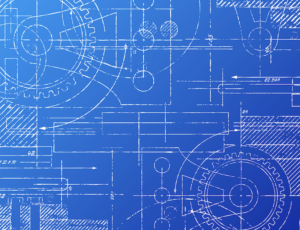 Blueprinting is a comprehensive, step-by-step plan to repair a vehicle after an accident. It covers all potential issues ahead of time, to minimize variances to the repair during actual work time. Thanks to blueprinting, your auto body shop reviews damage to your automobileand creates a comprehensive, step-by-step work plan.
Blueprinting is a comprehensive, step-by-step plan to repair a vehicle after an accident. It covers all potential issues ahead of time, to minimize variances to the repair during actual work time. Thanks to blueprinting, your auto body shop reviews damage to your automobileand creates a comprehensive, step-by-step work plan.
When you bring in your vehicle for collision repair, the process begins when a collision repair center serviceman prepares an initial appraisal. This provides the insurance company as well as the client with a ballpark estimate of necessary work. However, if the repair technician uncovers hidden damage during the repair, they can request a repair time extension. This will include the time it takes to order new partsand to do the work. Blueprinting addresses myriad issues because it includes every partand bit of labor required for the job, start to finish.
When you deliver your vehicle for auto body work, the insurance paperwork will start in one of three ways: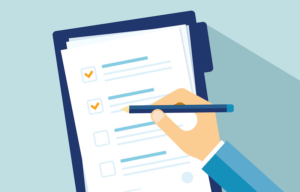
- The insurance company will send an adjuster to review the vehicle at the crash site or at the owner’s home. Then, they create an estimate.
- You might bring your car to an auto body shop, where an appraiser will quickly look over the vehicle in the parking lot.
- You could use an insurance app to send pictures of the car to the insurance agency. The insurance company uses the photographs to appraise the damage.
Old Method, Old Results
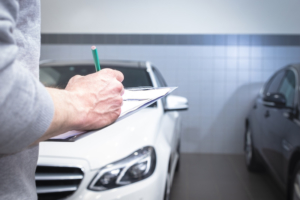 This is typically the method uses for starting a repair job. These steps ensure that all parties understand the damage before proceeding. The initial appraisal helps eliminate fraudand reduces waisted time if the vehicle is declared a total loss. The problem with the method is that it includes a superficial review of the car. Thus, the appraiser can miss underlying damage. Such damage often leads to delaysand adjustments down the line. Although blueprinting takes more time, it is far more in-depth.
This is typically the method uses for starting a repair job. These steps ensure that all parties understand the damage before proceeding. The initial appraisal helps eliminate fraudand reduces waisted time if the vehicle is declared a total loss. The problem with the method is that it includes a superficial review of the car. Thus, the appraiser can miss underlying damage. Such damage often leads to delaysand adjustments down the line. Although blueprinting takes more time, it is far more in-depth.
Benefits of Blueprinting
- Parts can be sourced all at once instead of being ordered in batches, as additional damage is discovered. This results in reduced vehicle down-time.
- Itemized list of repairs makes it easy for technicians to coordinate workflow.
- Closely estimating costs from the beginning means fewer adjustments with the insurance companyand less time spent waiting for approvals.
Blueprinting Explained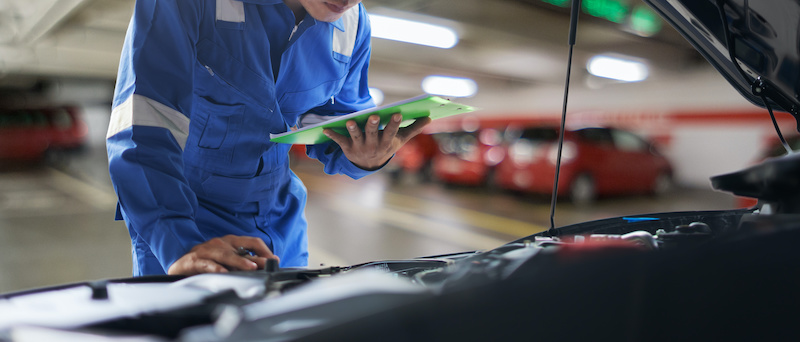
The Blueprinting Process starts by recording information about the vehicle, including the VIN, mileage,and paint color code. A technician connects a scan tool to the vehicle to quickly check electronic systems. The appraiser does a quick visual inspection of the exterior, starting at the point furthest from the impact.
Changes in panel gaps indicate damage. However, some newer vehicles may have suffered structural damage that fails to show on the surface. Next, the tech opens the doorsand trunk to see if they are aligned. The appraiser then moves to the inside of the vehicle. Here, they carefully look for damage to the steering column, headrests,and seatbelts. Back outside, they take measurements of the wheel positions. If the measurements are off, the techs check the undercarriage for signs of bendingand twisting.
Once the appraiser understands the damaged areas, the tech removes parts that could hide structural damage. At this point, the technician creates a detailed list of the partsand labor required for the repair. This final report is the blueprint. 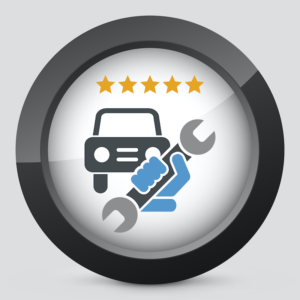
Damage Classifications
Once the extent of the damage is established, techs separate the repair into one of three major categories:
- Fast Track
The vehicle does not have structural damage. It just requires cosmetic repairs, such as painting, straightening body panels or replacing bolt-on parts like mirrors. This type of repair usually takes between oneand four days. - Quick Track
In this case, the vehicle has structural damage, but that damage is concentrated in one area. Straightening the structure only adds a little repair time. So, the complete process takes only a little longer than a fast-track car. - Extensive Track
Major structural damage requires a lot of repairs, measurements,and tweaks to bring the car back to its original specifications. These repairs take anywhere from a week to a month to complete.
Naturally, individual cases can vary. It can take longer to fix an exotic or antique car because of the associated difficulty sourcing parts. Replacing a bumper with a pre-painted factory part takes less time than if the part is only available unfinished.
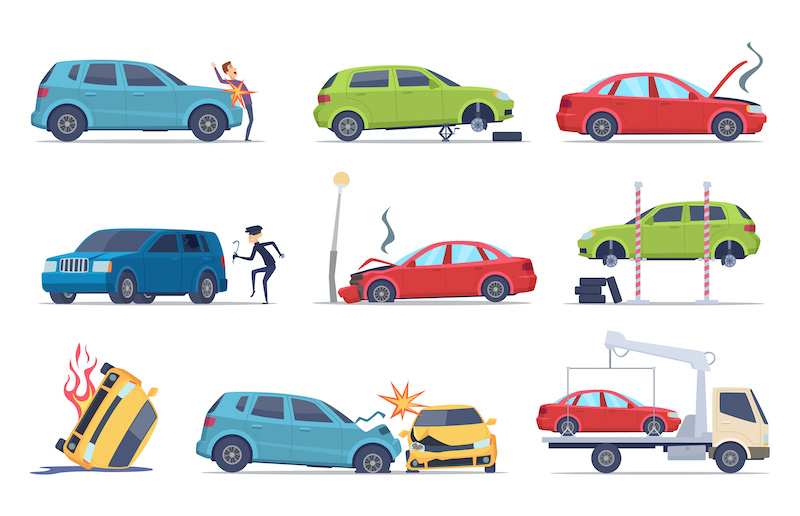 How does blueprinting benefit a body shop?
How does blueprinting benefit a body shop?
With a complete repair plan in place, blueprinting improves workflow:
- All the parts required for the repair can be ordered immediately instead of in the middle of the repair process, as mechanics uncover additional damage.
- By having a clear, itemized list of repairs, technicians coordinate their work to get the vehicle fixed as quickly as possible.
- The blueprint gives a near perfect estimate of total repair costs, which can be used to get an adjustment from the insurance company. Fewer adjustments mean less time waiting for approval.
About DG Collision Center in Covina, California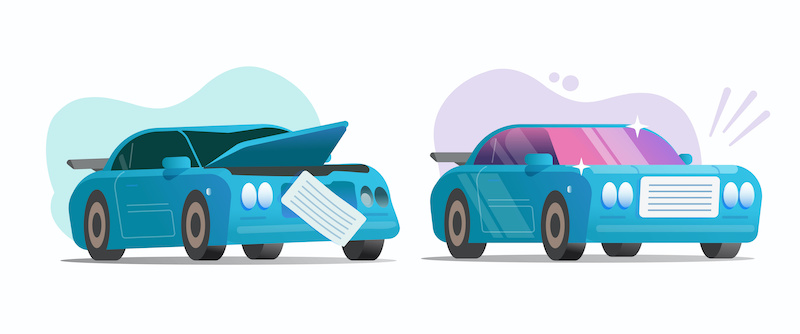
If your vehicle was damaged in a car accident, DG Collision Center in Covina, California, can repair it for you. We are your one-stop-shop in Covina for auto body repair after car accidentsand auto restorations. Our highly trained team includes specialized technicians. We work directly with all insurance companies. This enables our customers to file a claim without even needing to be present. Additionally, if you don’t want to leave your home in Covina right after the accident, you can request an online estimate for auto body repairs or any other auto restorations. We have a smartphone app that allows us to provide estimates without coming to your home or place of business. We pride ourselves in providing excellent service.
